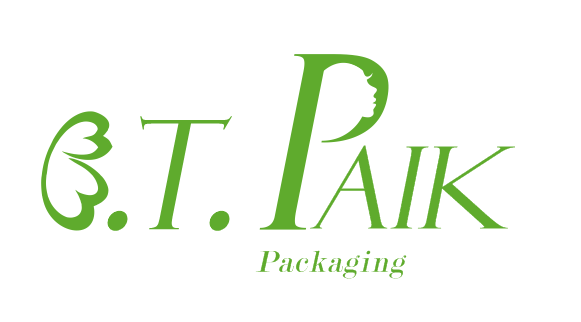How Are Plastic Bottles Made?
2023-05-25View:
How Are Plastic Bottles Made?
The Makings of Plastic Bottles.
PET is a form of polyester. It is a polymer primarily derived from petroleum hydrocarbons and is the result of a reaction between monomers ethylene glycol and terephthalic acid.
In the making of PET plastics, terephthalic acid is combined with Methanol to produce Dimethyl Terephthalate and water. This product is then combined with Ethylene Glycol at a temperature of 305 degrees Fahrenheit to create another substance, known as Bis(2-hydroxethyl) terephthalate and methanol.
In the final step, a polymer is formed while another molecule is released. This condensation polymerization process of the Bis(2-hydroxethyl) Terephthalate occurs in a vacuum at 530 degrees Fahrenheit, producing chains of PET and ethylene glycol, which is constantly removed during the polymerization process and used to make additional PET.
When the PET mixture reaches the right thickness, it is quickly cooled to prevent discoloration and degradation. It can later be reheated for additional uses.
The Bottle-Making Process.
PET bottles are typically created using one of the three blow molding processes listed below.
Injection Blow Moulding.
Ideal for smaller plastic bottles, the Injection Blow Moulding process can be used to mould a wide variety of polymers including PET and HDPE. Break down the steps and see one way plastic goes from pellet to container in this short video.
Extrusion Blow Moulding.
The Extrusion Blow Moulding process involves extruding a melted plastic polymer, typically HDPE or LDPE into a hollow tube or “Parison”. During the Extrusion Shuttle Blow Moulding process two moulds shuttle back and forth to capture a continuously extruded parison. Learn how in this short video.
Injection Stretch Blow Moulding Process.
A wide variety of bottles, jars, and other containers can be moulded using the versatile Injection Stretch Blow Moulding Process. Preforms can be immediately molded into final containers via the 1-Step method, or saved as stock for later use in the 2-Step method. We’ll break down the 1-Step process from pellet to container in this quick video.
The Inspection Process.
Rigorous testing is performed on PET bottles as the last step in the manufacturing line before packing, ensuring they meet industry standards. Testing can include:
Impact-resistance testing
Pressure testing
Permeability testing
Transparency inspection
Manufacturers also test to ensure there is consistency in the size, shape, and finish of the end product before packaging and shipping to the final destination.
